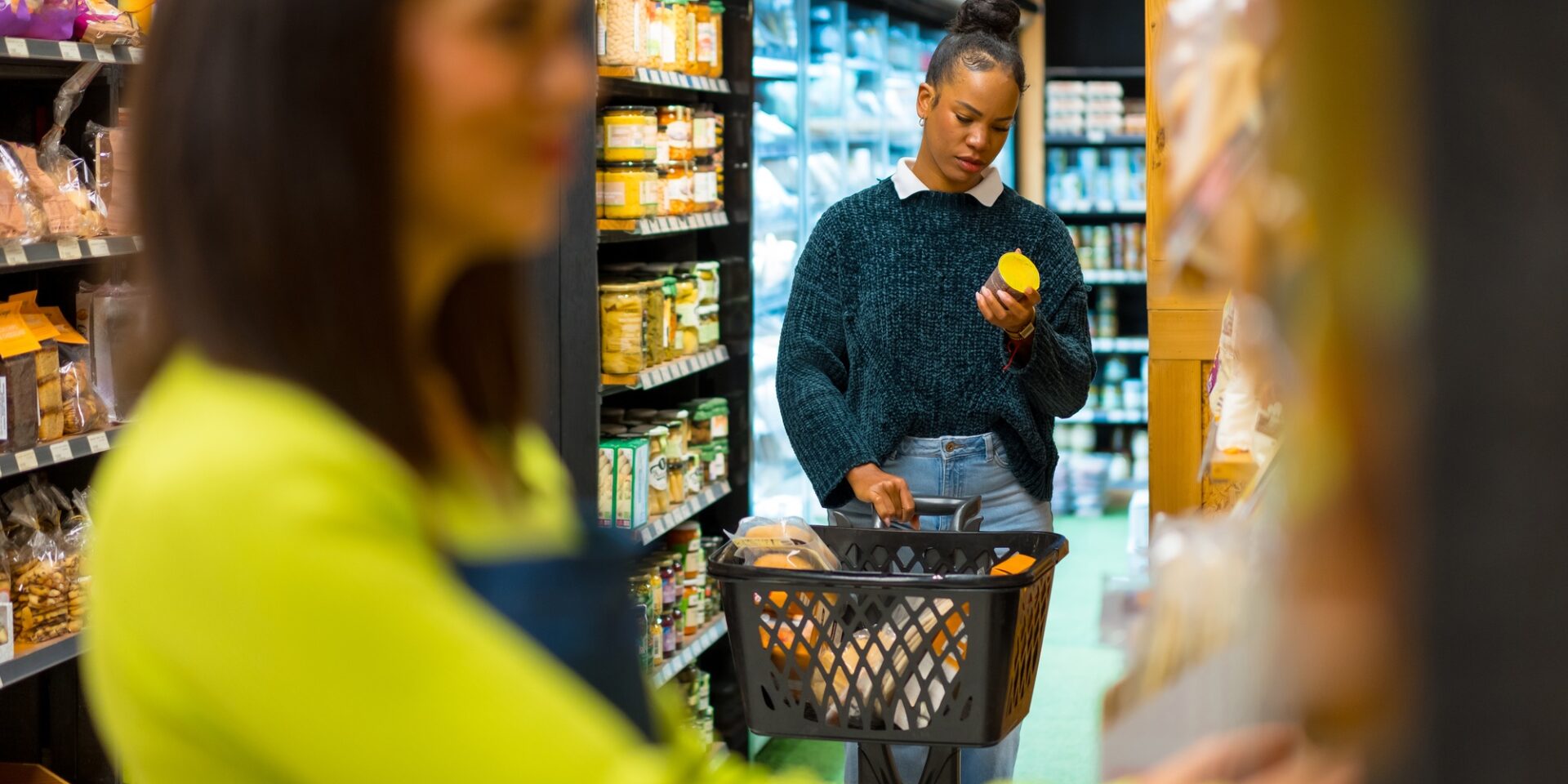Modern grocery aisles are packed with products boasting terms like “natural,” “organic,” or “pasture-raised.” While these terms sound healthy, the reality is that many food labels can be misleading—and some are purely marketing buzzwords used to sell a particular lifestyle. For those concerned about the safety and nutrition of their food, understanding food labels has never been more important.
This guide will help you learn how to read between the lines of food labels, uncovering their real meanings (or lack thereof), so you can make safer, smarter choices for yourself and your loved ones.
Why Food Labels Matter
The average grocery shopper relies on food labels to make informed purchases. However, many food labels are either unregulated or only loosely enforced, which means they don’t always tell the whole story. Knowing exactly what these labels represent (or don’t!) ensures you:
- Avoid greenwashing or deceptive marketing claims.
- Protect your family from harmful ingredients or production practices.
- Support ethical and environmentally sustainable choices, when possible.
Before heading to the store, here’s what you need to know about some of the most common food label claims:
Breaking Down Common Food Labels
1. Pasture-Raised, Free-Range, and Cage-Free
The Reality Behind the Claims:
- Pasture-Raised: While this term sounds idyllic, it is not regulated, meaning there’s no guarantee animals were raised in open pastures or humane conditions for their entire lifecycle. Look for certifications like Certified Grassfed by AGA to ensure authenticity.
- Free-Range: This term isn’t as idyllic as it sounds; it only means animals had “access to the outdoors,” which could be a small, barred opening that they never actually use. No real outdoor exposure is guaranteed.
- Cage-Free: A low bar for animal welfare, this label only means animals weren’t confined to battery cages. They are still raised indoors, often in crowded conditions.
What to Look For:
When choosing animal products, prioritize those with verified third-party certifications like Animal Welfare Approved or Certified Humane.
2. Non-GMO (Genetically Modified Organism)
The Reality:
The Non-GMO Project Verified seal ensures that no genetically modified organisms are used in the food. However, non-GMO does not mean chemical-free, unless the product is also certified organic.
Why It Matters:
Genetic engineering often changes the chemical makeup of plants and can include heavy pesticide use. For pesticide and chemical-free options, look for both Non-GMO and USDA Organic labels.
3. Organic
What It Means:
Products labeled organic must meet USDA standards for growing without synthetic pesticides, fertilizers, or GMOs. However, farming practices can vary.
Pro Tip:
Look for certifications like CCOF or Real Organic Project for greater transparency about farming standards.
4. Grass-Fed
The Reality:
“Grass-fed” can be highly deceptive—it is not a regulated term by the USDA, and animals raised in environmentally harmful CAFOs (confined animal feeding operations) often carry this label. To ensure the food is genuinely grass-fed (and more nutrient-dense), seek certifications like Certified Grassfed by AGW.
5. Fair Trade
Why This Matters:
Food production has far-reaching human impacts. “Fair Trade” labels, such as Fair Trade USA or Fair for Life, signify that producers and workers were compensated fairly and provided safe working conditions.
Pro Tip:
Supporting fair-trade certified goods doesn’t just benefit local farmers and workers; it also ensures higher-quality and eco-friendly farming practices.
6. Chemical-Free
The Reality:
Most food production involves chemicals, pesticides, and herbicides unless it’s labeled organic. The term “chemical-free” itself is unregulated and used purely for marketing purposes.
What to Look For:
For food that’s safe for your family and the planet, choose items labeled organic and Glyphosate Residue Free.
7. Sustainable
What You Should Know:
The term “sustainable” has become a marketing catch-all phrase without regulation or clear meaning. Many producers use it to appear eco-friendly without real proof.
Pro Tip:
Look for certifications like Regenerative Organic Certified or Rainforest Alliance to confirm sustainable practices.
8. Antibiotic-Free and Hormone-Free
Decoding the Claims:
- Antibiotic-Free: Animals labeled as “antibiotic-free” were not regularly treated with antibiotics, which reduces exposure to drug-resistant bacteria. However, standards vary, so look for organic certification to verify these claims.
- Hormone-Free: Hormones are prohibited in U.S. poultry and pork, so this label is unnecessary for these products. However, for beef or dairy, this can be important—but again, organic certifications may be a safer bet to ensure credibility.
9. All Natural
A Misleading Term:
The term “all natural” is one of the most misleading food label claims. It is not regulated by the FDA (except in meat and poultry, where it only means no artificial additives). In most cases, this term means little to nothing and should be viewed with skepticism.
Pro Tip:
Focus on more meaningful terms, like organic or non-GMO, rather than falling for the “all natural” label hype.
Quick Tips for Navigating Food Labels
Shopping for safe and nutritious food can feel overwhelming, but understanding food labels is your best ally. Use these tips to stay informed:
- Look for Verified Certifications: Labels like USDA Organic, Fair Trade Certified, or Regenerative Organic Certified often speak louder than generic claims like “natural” or “sustainable.”
- Research Specific Brands: Some companies voluntarily go above and beyond in their practices. Use tools like the Non-GMO Project or Rainforest Alliance websites to learn more.
- Ask Questions at Farmers Markets: When buying locally, ask farmers directly about their practices—it’s one of the most transparent ways to ensure food safety.
- Avoid Greenwashing Phrases: Terms like “all natural” or “humanely raised,” without any certification, are usually meaningless.
Final Thoughts: Empowering Safer Choices
Modern food labels can make navigating your grocery list feel like solving a riddle. However, with the knowledge and awareness to discern which claims matter (and which don’t), you can prioritize the health and safety of your family while supporting better global food practices.
Fortunately, understanding terms like organic, non-GMO, fair trade, and regenerative can protect your health and ensure you’re making purchases rooted in sustainability and safety. Ultimately, the more we demand clarity and accountability from food producers, the more we can help improve the global food supply one informed choice at a time.
So, the next time you’re at the grocery store, apply this guide—and enjoy peace of mind every time you bring nutritious, safe food home to your family.
Key Takeaways:
- Not all food labels are created equal—terms like “all natural” often have no regulatory standards.
- Look for certifications like USDA Organic, Fair Trade, or Certified Humane for more reliable claims.
- Educate yourself on terms like “grass-fed” and “pasture-raised” to avoid deceptive marketing.
- Safe, ethical labeling starts with consumer awareness—know what you’re supporting with your dollar.
Subscribe to Updates
Get the latest posts delivered to your inbox.





